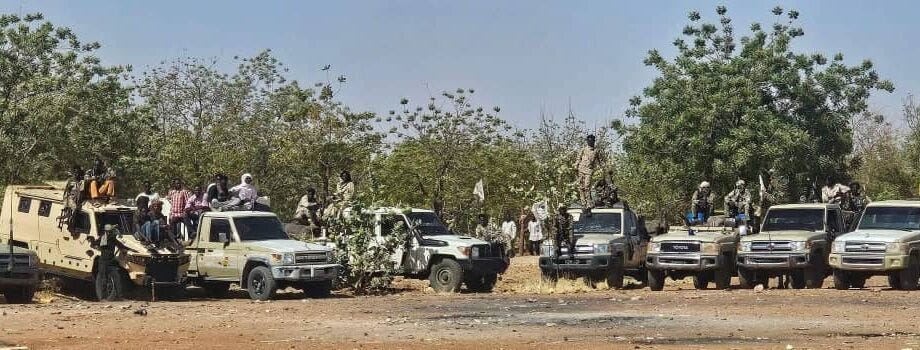Why the Sudan war is spreading
The recent clashes along the Sudan-Libya border mark a troubling turn in the two year conflict.

As Muslims across the Islamic world celebrated Eid al-Adha last Friday, brutal clashes erupted along the Sudan-Libya border.
The fighting took place in the Jabal al-Uwaynat region between the Darfur Joint Protection Force—a militia formed in 2023 in Darfur and closely aligned with the Sudanese Armed Forces (SAF)—and the Subul al-Salam Battalion, which is closely aligned with the Libyan National Army (LNA), led by Field Marshal Khalifa Haftar.
A number of deaths and injuries have been confirmed, according to Darfur24.
These clashes come just a month after Libyan authorities closed the land border following the abduction of three Libyans in the area.
When the war in Sudan first erupted in 2023 between the SAF and the Rapid Support Forces (RSF), fears arose of a “Libya-like” scenario, with the conflict potentially spilling over into neighboring countries.
Despite the SAF having seized key parts of Sudan from the RSF, including the capital Khartoum, large swaths of the country—particularly in the west, such as the strategic town of Um Dehilib in South Kordofan—remain under RSF control.
Most recently, the RSF launched a barrage of drone strikes on Port Sudan, the SAF’s headquarters—an action analysts have dubbed “unprecedented.”
In response, the SAF has turned to diplomatically targeting the RSF’s allies, both militias and state actors. For instance, following the announcement in Nairobi of an RSF breakaway government, the SAF banned Kenyan imports and recalled its ambassador to Kenya.
In May 2024, Sudan accused the Subul al-Salam Battalion of providing "logistical support" to the RSF—including mortar shells—during a briefing to the UN Security Council. Haftar has denied these claims.
With the RSF escalating its offensives, the SAF has now begun militarily confronting groups it alleges are backing its rival, rather than purely diplomatically.
Libya, still barely recovering from years of civil war, remains fragile. Clashes that broke out last month in Tripoli between rival militias represented the worst violence since the 2020 ceasefire—evidence that tensions in the North African state are far from over.
Any further conflict with Sudan would only plunge both nations deeper into instability and could engulf the broader northeast African region—much like how the war in Syria destabilized the Levant.
Undoubtedly, such a war would draw in several of both Libya and Sudan’s neighbors. Many of these states are already mired in their own internal conflicts and economic crises, increasing the risk of these wars overlapping and merging, culminating in a much broader regional collapse.
Egypt, in particular, could find itself in a Catch-22. As a key ally to both the LNA and the SAF, Egypt would face intense regional pressure if conflict broke out between the two—especially at a time when Cairo is focused on calming tensions in Gaza.




